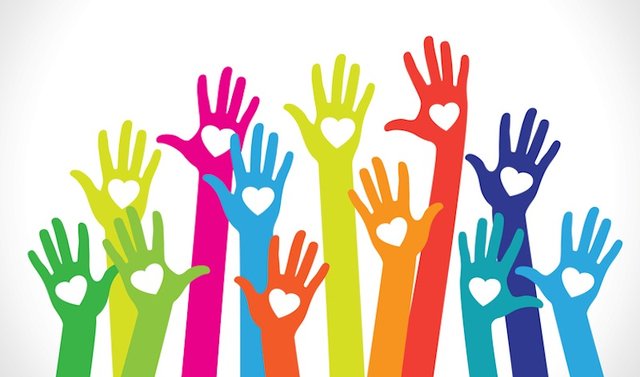NIMka uses Story Telling format to engage kids
when teaching financial concepts

A udience moves from listening to visualization due to the relevance of the story. Story telling enables and allows comment and connection and promotes discussions. The listeners respond with deep concentration, enthralled by the experience. Basically Story telling enhances the brain function outside the brain.
NIMka has adapted this powerful learning technique as its Pedagogy and has created a fictional character called AYO as our protagonist. Each concept is interspersed with a story revolving around AYO to drive home a point in a lucid and interesting manner to children.
“If you don’t know the trees, you may be lost in the forest; but if you don’t know the stories, you may be lost in life.”
-Siberian Elder
A story, when used as a learning technique, is a chain or thread that can be used to link different facts which could be related or unrelated. Effective and engaging stories make points more memorable. Using one’s life experiences and can be a sure-short success strategy for your training session. It is all about connecting new material to the old one and establishing relevance. Stories simplify complex concepts. Stories provoke, engage and awaken. Story telling is the oldest known form of human communication.
In 2010 a group of Neuro-scientist at Princeton University hooked the story teller and listener to an MRI machine. They were amazed to see that when a story is told, both Right and Left brain show almost identical activities across most areas. The brain does a ‘sync up’-process called neural coupling. It’s an interesting conclusion that while viewing advertisements, consumers primarily use their emotions (feeling and experiencing) rather than information, facts and features.

